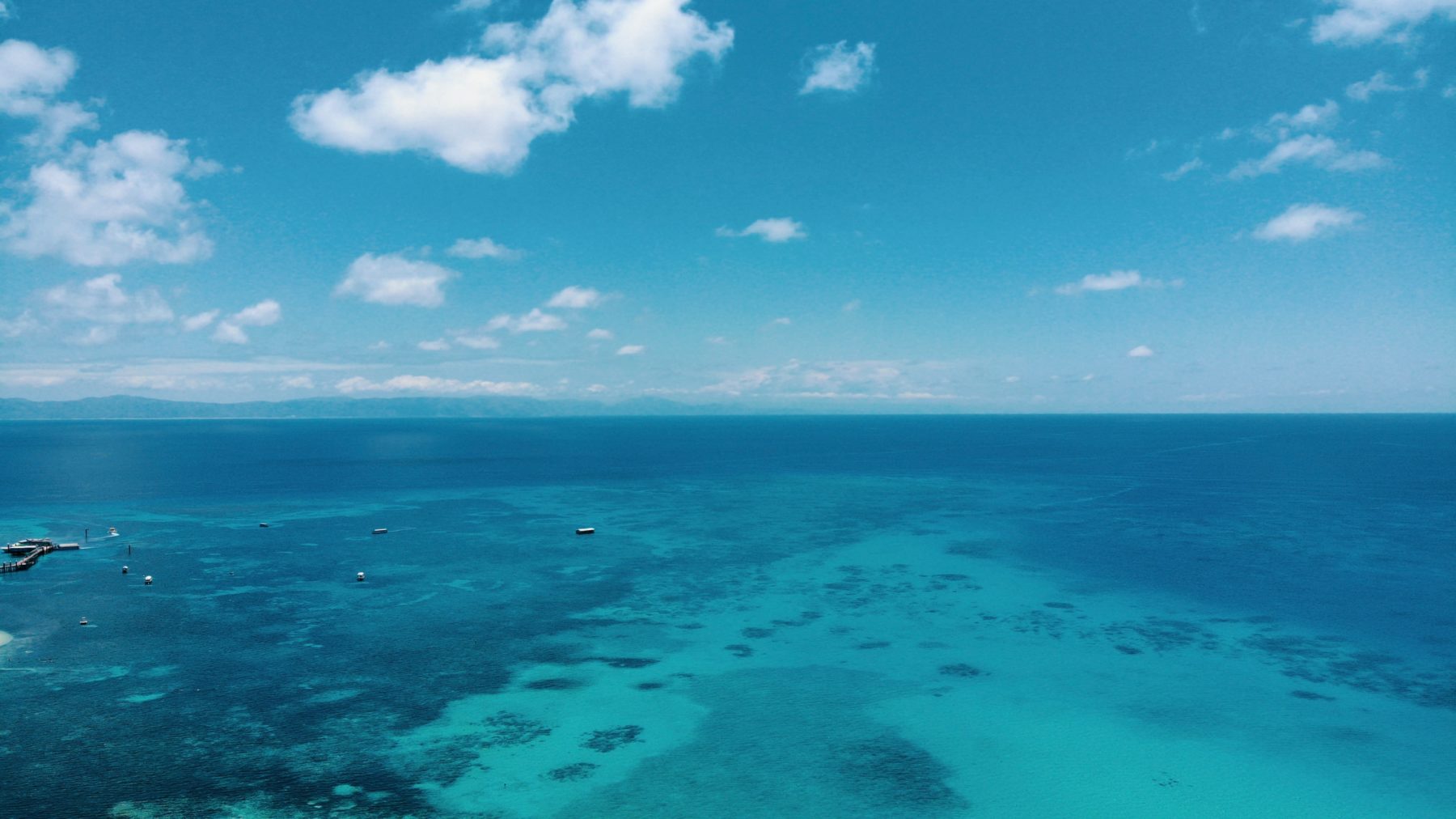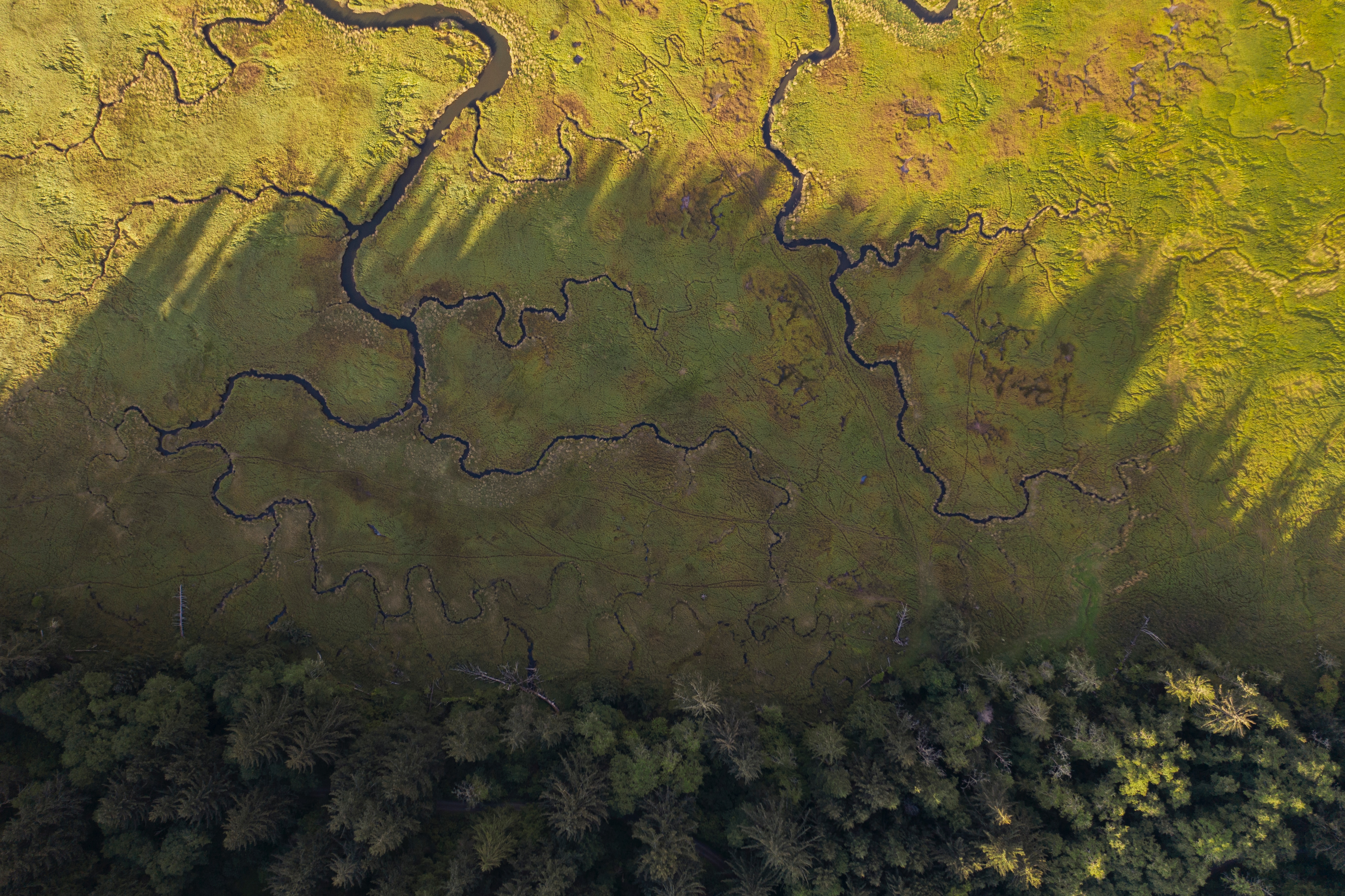With more than 6 percent of the world’s blue carbon stocks, our Australian coastline has breathtaking potential to sink significant amounts of atmospheric carbon.
With atmospheric carbon emissions (CO2) on the rise, it’s time to discover the groundbreaking potential of “biosequestration”.
So, what is it?
Biosequestration is simple in practice; it is the natural mechanism in which vegetated systems – including terrestrial forests and coastal wetlands– can capture and store carbon in the plant tissues, biomass and sediments.

Dr Maria Palacios from Deakin University’s Blue Carbon Lab explains biosequestration is exceptionally efficient in coastal wetlands (eg. seagrass meadows, tidal marshes, mangrove forests), which can capture carbon dioxide at very fast rates and lock it away in the muddy soil for millenniums and beyond.
Everything is connected
The Great Barrier Reef is one of Australia’s most remarkable natural assets.
The breathtaking beauty of the world’s largest coral reef system and the diversity of its fauna, attracts over two million visitors each year.
The Great Barrier Reef holds ecological, economic and social significance valued at $56 billion dollars.
Despite their differences, the interconnected nature of oceanic ecosystems means that the condition of mangroves is pivotal to securing a healthy coral reef.
In conversations with us, Dr Palacios explained the importance of an often forgotten champion of the coast; mangroves.
“Everything in nature is connected.
“So, if you we disturb the mangroves, we trigger a cascade of unfortunate events that will eventually impact the Great Barrier Reef.”

“Mangrove forests play a key role capturing nutrient runoff from agricultural fertilisers, accumulating sediments from coastal development, and even filtering pollutants from sewage discharge.
“Mangroves stop all these environmental impacts from spreading into our oceans”
“Much research has highlighted nutrient excess in coastal waters can affect the water quality, leading to a proliferation of algae and outbreaks of the crown-of-thorns starfish – known to devour the coral when in high numbers”.
By protecting and restoring mangrove forests, Dr Palacios notes we can reduce some of the stressors the Great Barrier Reef is under.
This isn’t the only problem the reef has to tackle, the threat of coral bleaching is also looming. But what does bleaching look like on the surface?
When corals undergo heat stress, their host algae – zooxanthellae – are expelled from the tissue. Without the colourful algae, corals lose their food supply and are left with a transparent ‘bleached’ skeleton.
In 2016-2017 there were two back-to-back bleaching events that affected two thirds of the Great Barrier Reef. Coral bleaching was mainly triggered by an abnormal increase in the surface temperature 1- 1.3 degrees above the summer averages.

In relation to this bleaching, Dr Palacios says, “We must stop heating our planet by burning fossil fuels, and figure out what to do with all the carbon dioxide we’ve already released.
Mangroves and coastal wetlands are one of the most efficient and natural ways of putting atmospheric carbon back into the ground”.
Now, researchers have begun to map storage-rich locations to get a clear picture of the meaningful implications for blue carbon on us and our much-loved natural wonders.
Mapping our natural resources
The backseat Melways may be a thing of the past, but maps continue to be more important than ever, representing where we come from, where we have been and where we are going.
Similarly, Blue Carbon lab researchers funded by the Queensland Government’s Land Restoration Fund, are looking to put pen to paper to showcase the opportunities for farming carbon (e.g. how many tonnes of carbon could be offset per annum and where to act).
“These maps are key tools for land managers, environmental agencies and NGOs to prioritise which areas to restore and protect,” Dr Palacios explains
Knowing where these carbon hotspots are located means that actions can be targeted in an economically efficient way.
This is also vital to avoid further damage to these climate-shaping ecosystems, because: “once a coastal wetland is disturbed we run the risk of liberating all the ancient carbon that had been stored in the soil,” as Dr Palacios says, we might trigger “carbon bombs.”

“The more people who know about the ability of wetlands to fight climate change and offset carbon emissions, the greater opportunity we will have to protect and restore them,” Dr Palacios says.
As shown by the Department of Environment and Energy’s $2 billion dollar Climate Solution Fund that aims to encourage businesses, farmers and individuals to take responsibility for the restoration of wetlands and coastal vegetation.
“It acts as an incentive for people to think about climate change and find natural and sustainable ways to offset it” Dr Palacios says, “by effectively reducing the tonnes of carbon they are emitting (via green technologies or wetland restoration) they will be able to receive carbon credits financed through these government funds.”
The strength of this research lies in Australian people and businesses who can take sustainable steps forward to restore these natural carbon sinks.
Restoring nature
Being equipped with knowledge and resources is one component of the solution, the other is to apply this knowledge and resources in on-ground protection and restoration action.
“On-ground restoration work, dosen’t always require complex and expensive engineering solutions. Many times, it is enough to stop all sources of degradation and let nature do its thing.
“We are using this approach in our Victorian Coastal Wetland Restoration Program as we restore salt marsh with low-cost actions,” Dr Palacios notes.
Livestock is a big threat to coastal wetlands, as sheep and cattle can destroy coastal vegetation by excessive trampling and overgrazing.

Fortunately, there is an easy and simple solution – building a fence around the wetland. This acts to prevent livestock from accessing the area and allowing the coastal vegetation to passively restore.
This program will guide and undertake restoration of ~600 hectares of critical wetland habitat on private and public land (including RAMSAR sites and places of Aboriginal cultural heritage significance).
Protection of these wetland ecosystems should be the priority action to prevent their degradation in the first place, however when an area has been deteriorated restoration is the next necessary step.



